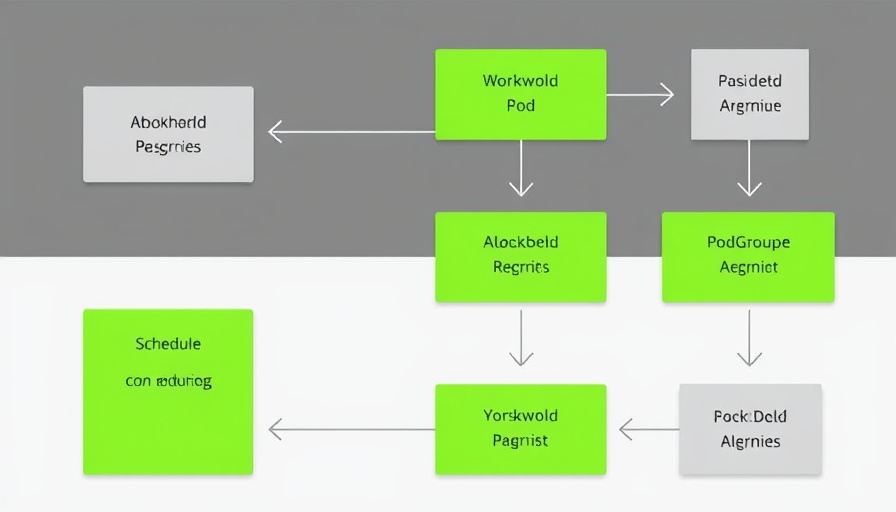
Artificial Intelligence Stocks: A Review of Nvidia vs. Palantir
The artificial intelligence (AI) sector is gaining momentum, transforming various industries and attracting the attention of savvy investors. Among the leading companies in this space are Nvidia and Palantir Technologies, both of which have captured significant market interest. However, as enthusiastic investors weigh their options, a fundamental question arises: which AI stock is the better buy, Nvidia (NVDA) or Palantir (PLTR)? Understanding the unique strengths and growth trajectories of both companies can help investors make informed decisions.
The Rapid Rise of Palantir
Palantir has made headlines recently with a staggering growth rate. Over the past year, its stock price surged over 350%, driven largely by its innovative AI software platforms that help organizations manage and secure data for analysis. Palantir's clientele spans from U.S. government agencies to commercial enterprises. Notably, Palantir has expanded beyond its military origins, tapping into commercial sectors looking for reliable AI solutions.
Nvidia's Stellar Performance and Growth
In the world of AI stocks, Nvidia, with its focus on hardware and software solutions, remains a powerhouse. The company has reported a remarkable 425% growth in stock price over the past three years, thanks to its AI-driven hardware that powers data centers worldwide. Nvidia's approach to AI includes not just powerful chips but also a growing ecosystem of software products that keep AI applications in high demand. As sectors like self-driving vehicles and robotics become more prominent, Nvidia's market will likely expand even further.
Comparative Growth: Navigating the Metrics
When comparing the two, both companies exhibit impressive growth trajectories, yet Nvidia shows a distinctly faster pace. While Palantir aims for a 31% increase in revenue for 2025, Nvidia's projections hint at astonishing growth of around 110% year over year for its fiscal cycle ending in January 2025. This stark difference in growth is crucial for investors trying to gauge future performance.
Valuation Discrepancies: What Does It Mean for Investors?
Evaluating stocks involves not just growth rates but also pricing metrics that reveal how fairly the stock is valued. Palantir's forward price-to-earnings (P/E) ratio sits at an eye-watering 200, with a price-to-sales (P/S) ratio of 67. In stark contrast, Nvidia presents a more appealing P/E of about 30 and a P/S of 16. This suggests Nvidia offers a more attractive investment in terms of current pricing and future potential, especially for risk-conscious investors.
The Future: Catalysts and Innovations
Nvidia is not solely dependent on its data center segment for growth. The company's advancements in fields like robotics and self-driving cars position it well for the future. If these technologies gain traction, Nvidia could see an influx of revenue from, previously, overlooked sectors. Palantir, while it has strong growth prospects, faces significant valuation challenges that might limit its immediate potential returns to investors. As Palantir continues to carve out its niche, it remains a high-risk, high-reward investment.
Conclusion: Which Stock Should You Buy?
Both Nvidia and Palantir hold promise within the AI sector, but their paths forward represent very different opportunities for investors. For those seeking a more stable growth stock with lower valuation risk, Nvidia is likely the better choice now. Meanwhile, risk-tolerant investors may still find value in Palantir as they manage the volatility and potential upsides associated with its stock performance.
Investing in AI stocks comes with caveats. For those enthusiastic about AI's transformative promise, understanding the strengths and vulnerabilities of industry players like Nvidia and Palantir can significantly enhance decision-making. Continued interest in AI advancements will undoubtedly keep both companies at the forefront of investor conversations.
 Add Row
Add Row  Add
Add 




 Add Row
Add Row  Add
Add 

Write A Comment